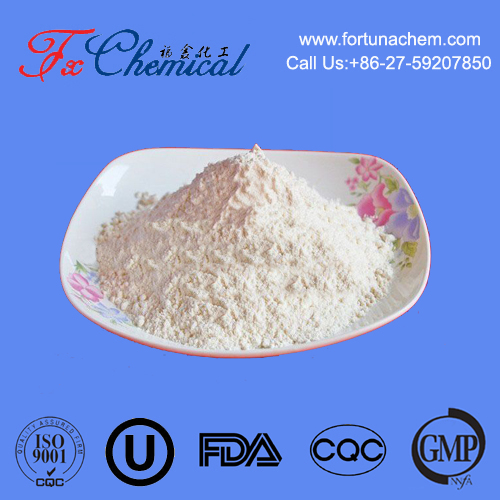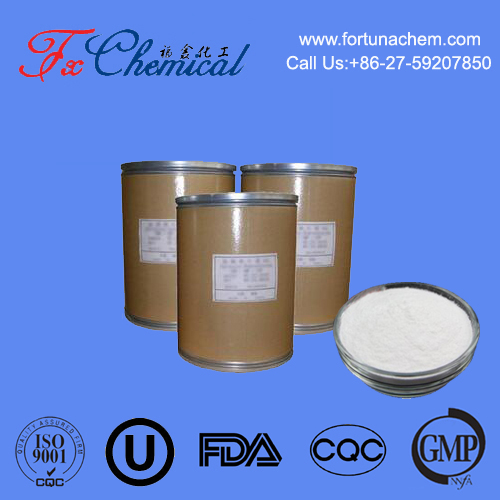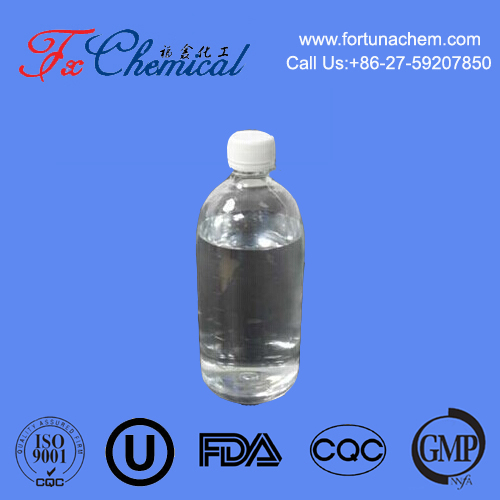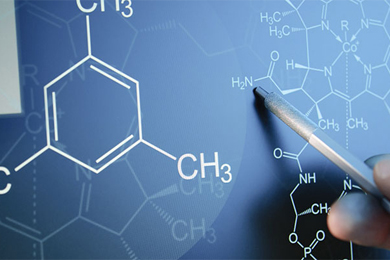
Search

Search

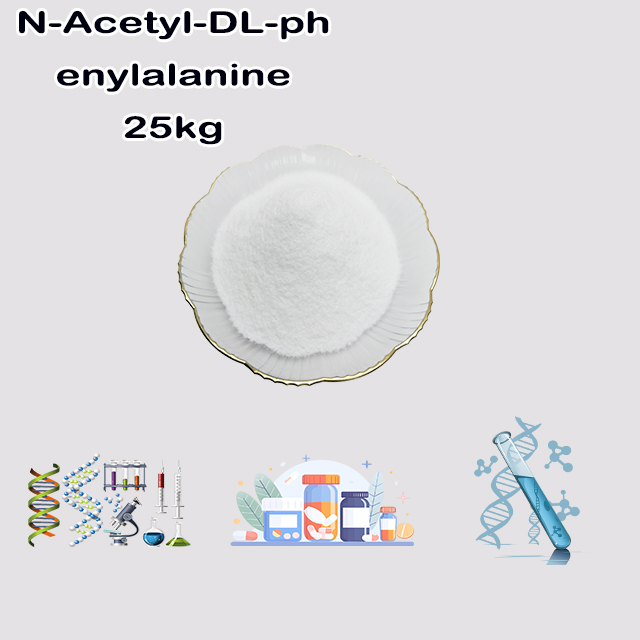
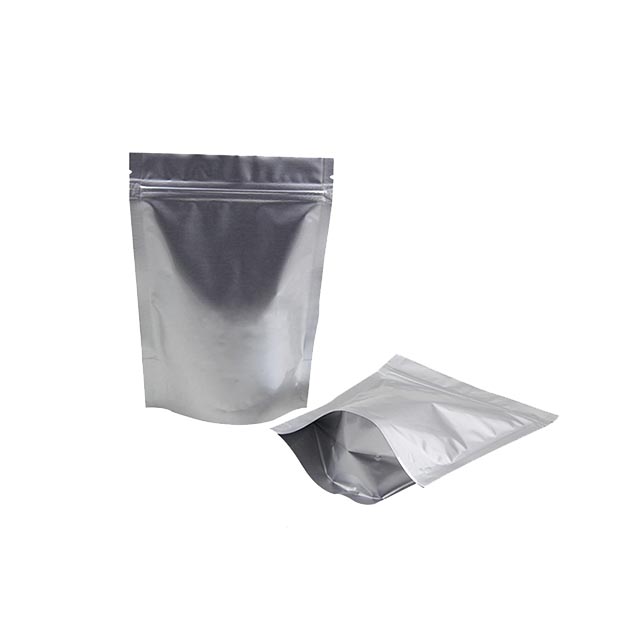
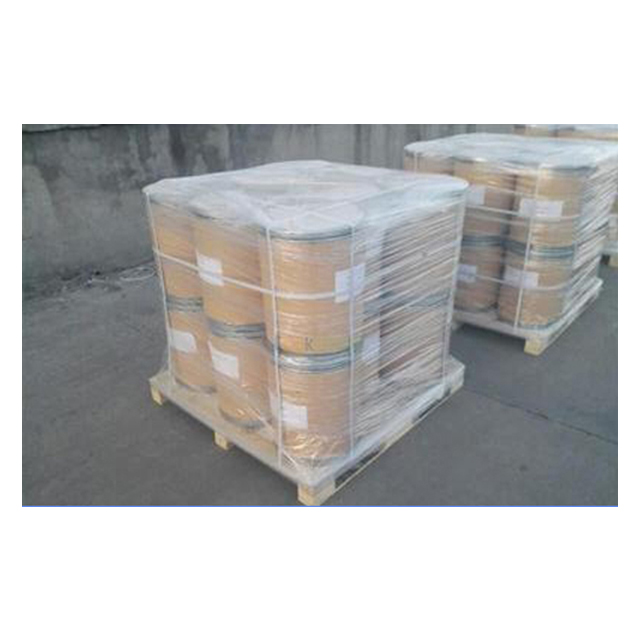
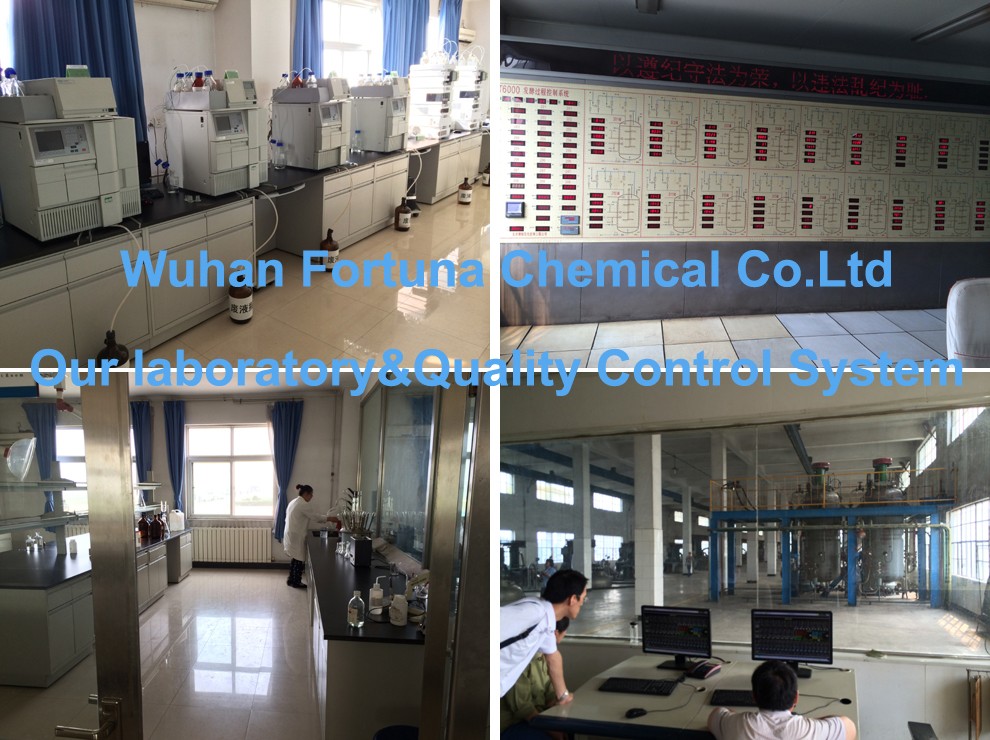




N-Acetyl-DL-phenylalanine is a synthetic derivative of the essential amino acid phenylalanine. It consists of a racemic mixture (DL-form) containing both D- and L-enantiomers, unlike natural L-phenylalanine. The "N-Acetyl" denotes an acetyl group (-COCH₃) attached to the amino (-NH₂) group, enhancing stability and solubility. Produced by acetylating phenylalanine with agents like acetic anhydride, it is used in peptide synthesis to protect the amino group during reactions. Its racemic nature makes it cost-effective for non-stereosensitive applications, such as biochemical research on metabolism or enzyme interactions. Unlike natural forms, it is not biologically active in proteins but serves as a tool in pharmaceuticals and industrial chemistry.
N-Acetyl-DL-phenylalanine is a chemically modified derivative of the amino acid phenylalanine. Here's a structured overview of its characteristics and applications:
Base Compound: Phenylalanine, an essential amino acid with a benzene ring attached to a CH₂ group and an amino acid backbone (NH₂-CH-COOH).
Modification:
N-Acetylation: An acetyl group (COCH₃) replaces one hydrogen on the amino group (NH₂ → NH-COCH₃).
DL Configuration: A racemic mixture containing both D- and L-enantiomers, unlike natural L-phenylalanine found in proteins.
Solubility: Enhanced solubility in organic solvents compared to unmodified phenylalanine, due to acetylation.
Stability: The acetyl group protects the amino group, improving stability during chemical reactions.
Stereochemistry: The DL form is non-chiral in mixture, making it distinct from enantiomerically pure L-forms.
Method: Reacting phenylalanine with acetylating agents (e.g., acetic anhydride or acetyl chloride) under controlled conditions to target the amino group.
Purpose: Acetylation prevents unwanted side reactions at the amino group during peptide synthesis or other biochemical processes.
Peptide Synthesis:
Serves as a building block with a protected amino group, facilitating stepwise peptide chain assembly.
Biochemical Research:
Used to study amino acid transport, metabolism, and enzyme specificity (e.g., how acetylation affects biological activity).
Pharmaceuticals:
Potential prodrug applications, where acetylation alters absorption or bioavailability.
Industrial Uses:
Precursor in synthesizing specialty chemicals or polymers requiring modified amino acids.
Precautions: Standard lab practices for organic compounds (gloves, goggles, ventilation).
Storage: Stable at room temperature in a dry environment; hygroscopic in some forms.
Metabolism: The acetyl group may slow degradation, altering its metabolic pathway compared to free phenylalanine.
Natural Occurrence: Not found in nature due to the racemic DL mixture; purely synthetic.
N-Acetyl-L-phenylalanine: Enantiomerically pure (L-form only), used in contexts requiring specific stereochemistry.
DL vs. L Forms: The racemic DL mixture is typically chosen for non-stereosensitive applications or cost-effective synthesis.
N-Acetyl-DL-phenylalanine is a versatile derivative of phenylalanine, optimized for stability and reactivity in synthetic and biochemical contexts. Its racemic nature and acetylated amino group make it valuable in peptide synthesis, research, and industrial applications, distinguishing it from natural amino acid forms.
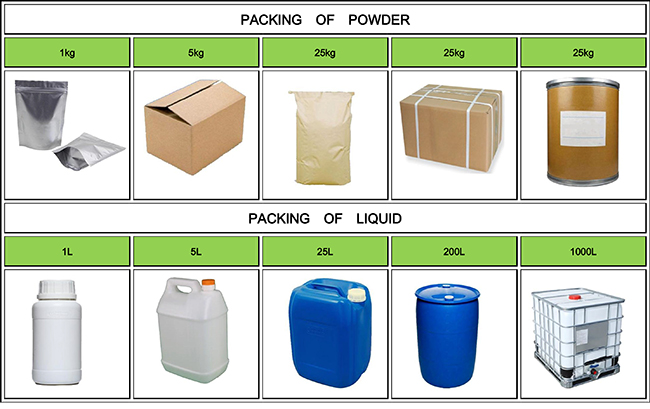


Fortunachem Provides Not Only Professional Chemical Products But Also Professional Help
Keeping you up-to-date with all the latest information, news, and events about Fortunachem!

Quick Links
Add:
E-mail:
 English
English  Español
Español  français
français  العربية
العربية 